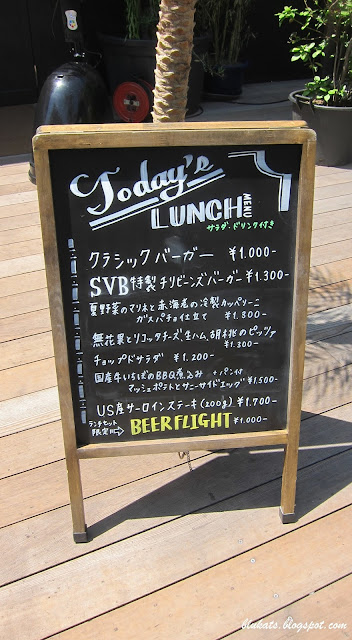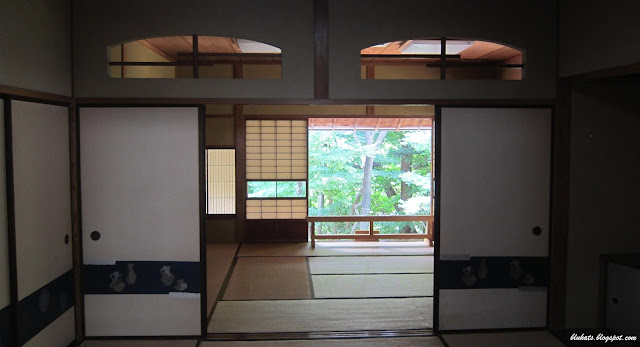While it was not possible to walk around much due to the heat, I did get out a couple early mornings and evenings into the Nihombashi area which includes Ningyocho. One interesting building surrounded by modern architecture is Suitengu Shinto Shrine. It's famous for pregnant women to visit for blessings for easy child birth and protecting the baby. It's also known for it's dog statue from the belief that dogs have easy births. I didn't visit it since it's being rebuilt.
While Ningyocho is mostly modern buildings, there are a few older ones in between like this. Although it appeared to be for sale so no telling if it will last or be torn down.
The occasional older western style architecture was a surprise to see. Interesting windows in a rather nondescript building.
This was near where I was staying. I searched online for information while there but could not find anything. My imagination lead to secret societies or literature foundations. Finally did find out what NISSO Goethe House is. It's an architectural company that features plastering and natural materials.
Which explained the creative and unusual exterior of the building.
While some places went more modern, there were some that covered the exterior with a more traditional look. Although I'm guessing this was done some time ago due to the weather worn appearance.
One place that was hard to miss with it's one fanged bear was the Hokkaido Aji restaurant.
Another attempting a more traditional look on a modern building. Many of these places are restaurants.
While Ningyocho has it's share of traditional fare, it's also known for the number of European style restaurants.
French, Italian and wine bars.
Sadly I did not feel up to dining at any of these. But when I go back I will check out Ningyocho again. Along with possibly dining at this place that my father would like.
I'm regretting not stopping in at Mifune izakaya.
My dad who loves samurai movies would get a kick out of this. If I do go maybe I will have a drink placed on the table just for him.
Ningyocho has a lot of well known restaurants and places to eat. I did get a few local delicacies to eat during the day. The post about that will be soon. I will also have another post about more Japanese architecture on the other side of the Nihonbashi Bridge.
*just a note. I'm seeing both spellings, Nihombashi and Nihonbashi, for the area. I'm going with Nihombashi for the area and Nihonbashi for the bridge and business area near Tokyo Station.






























































